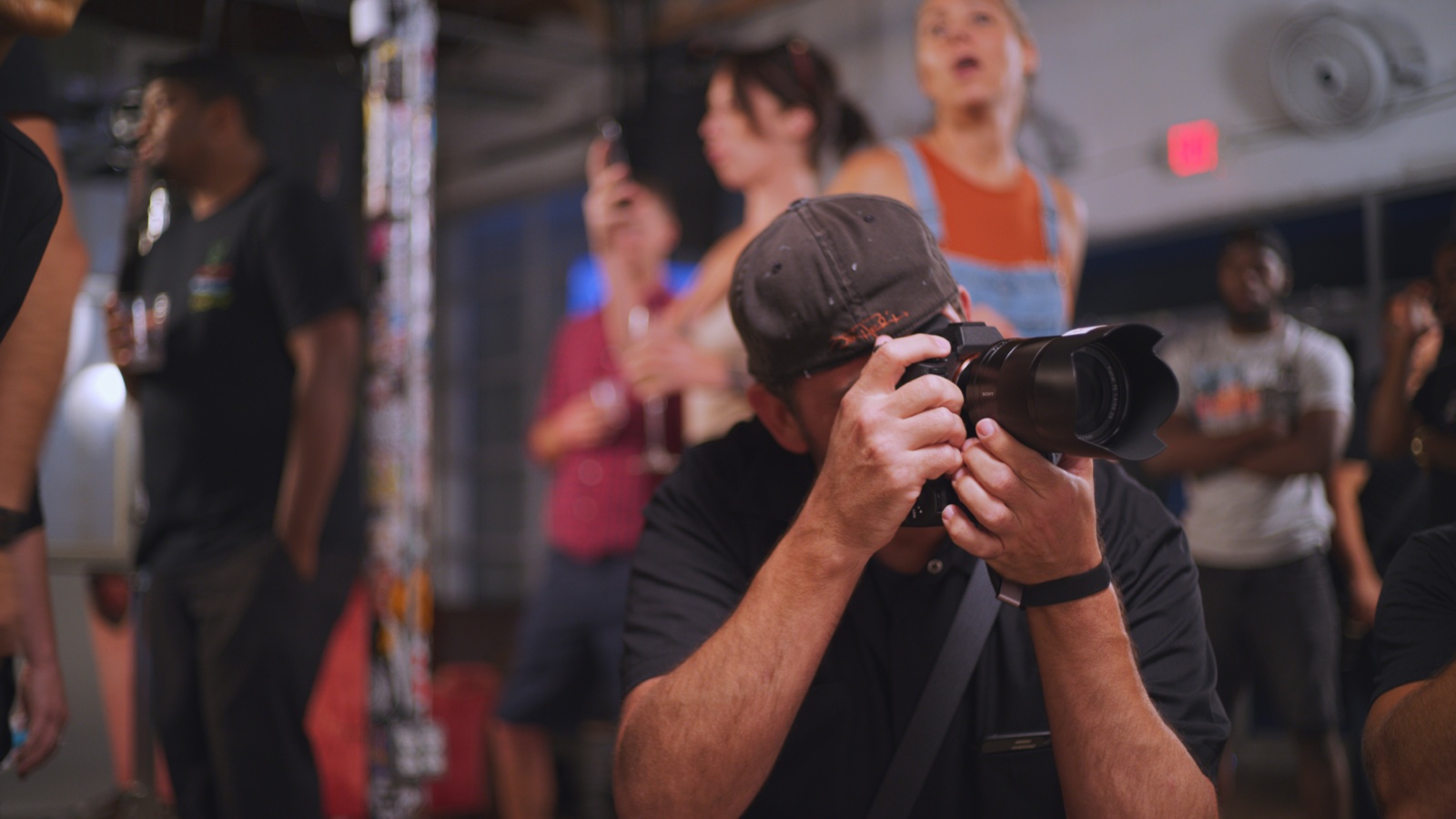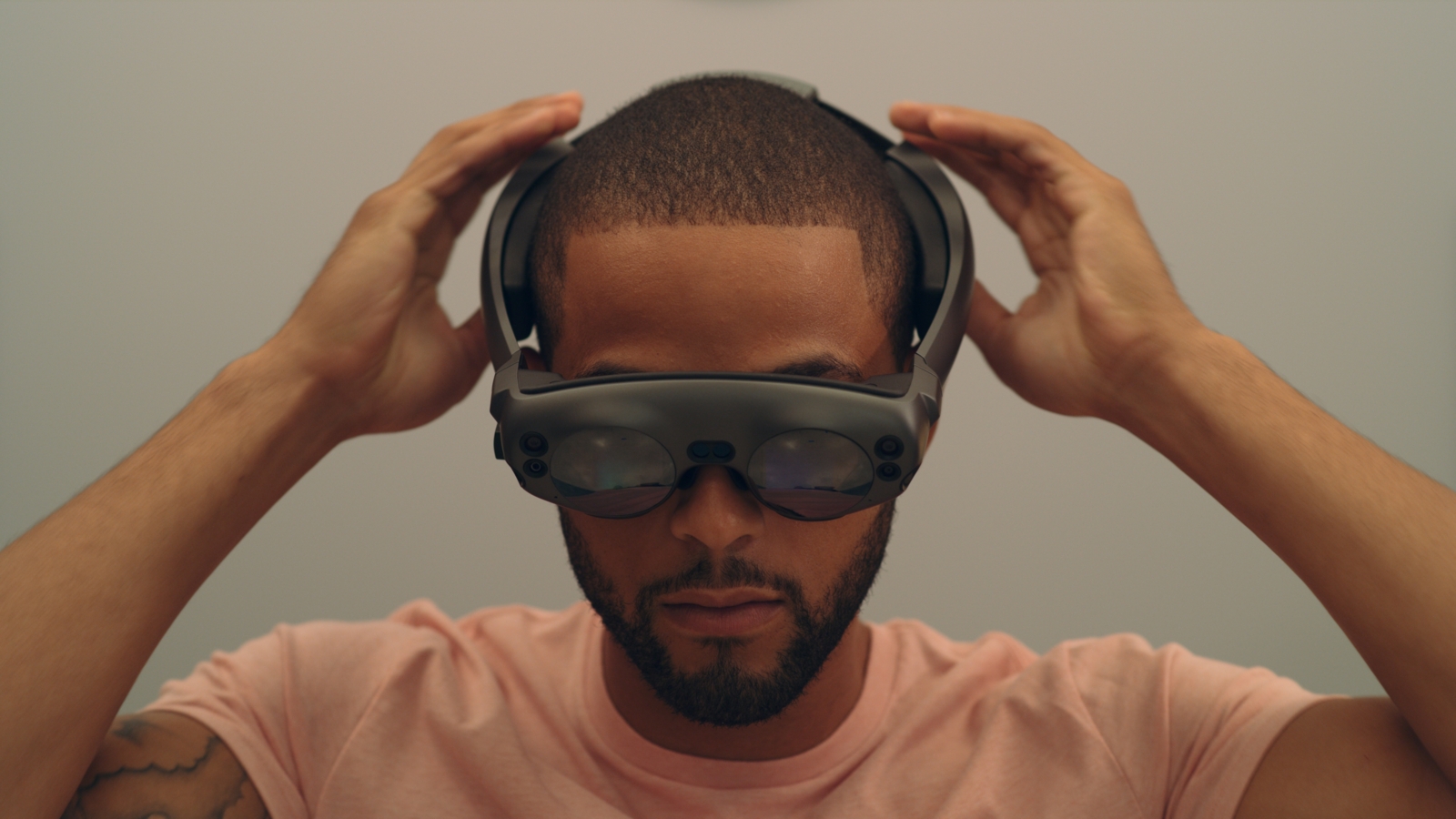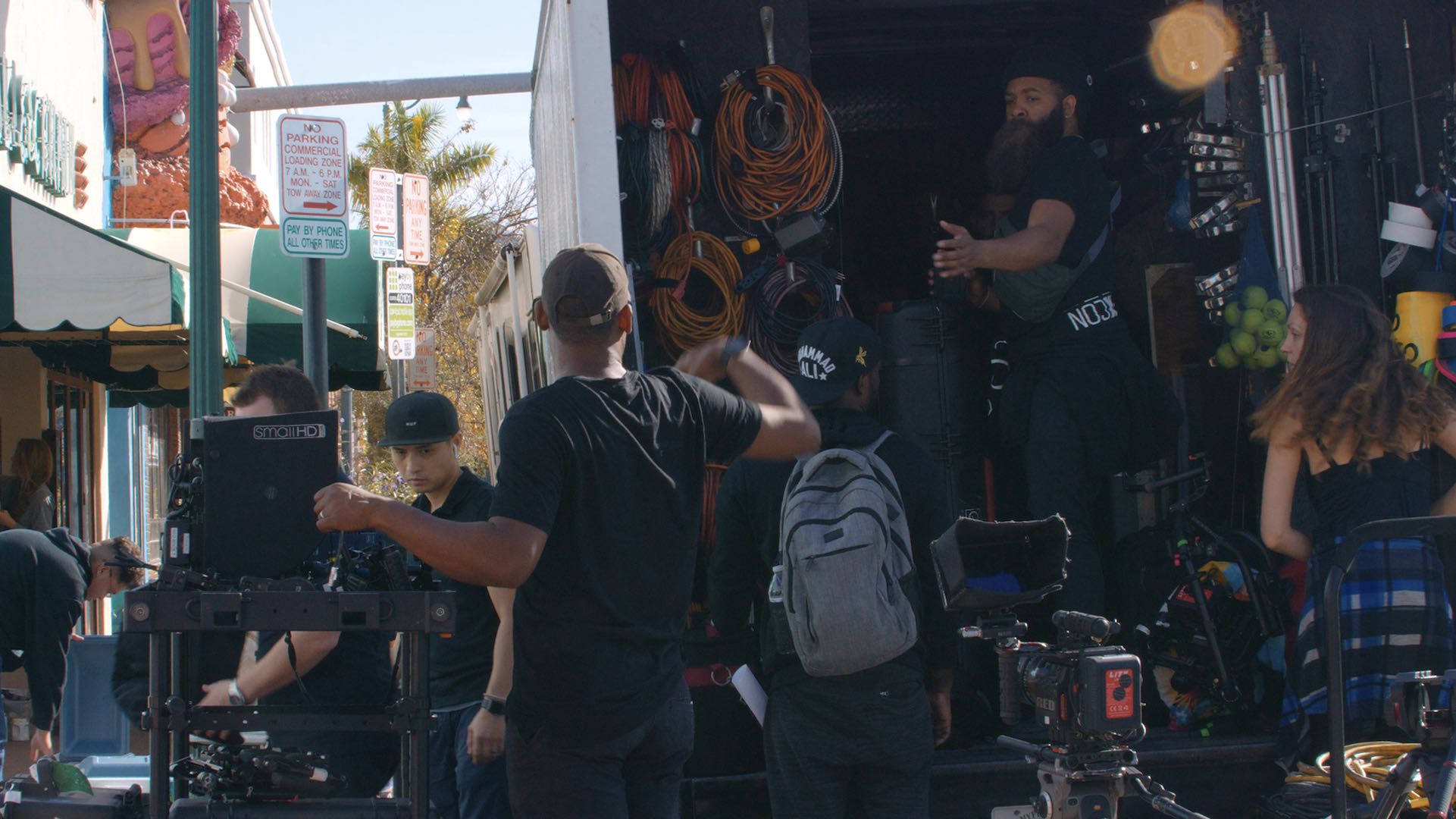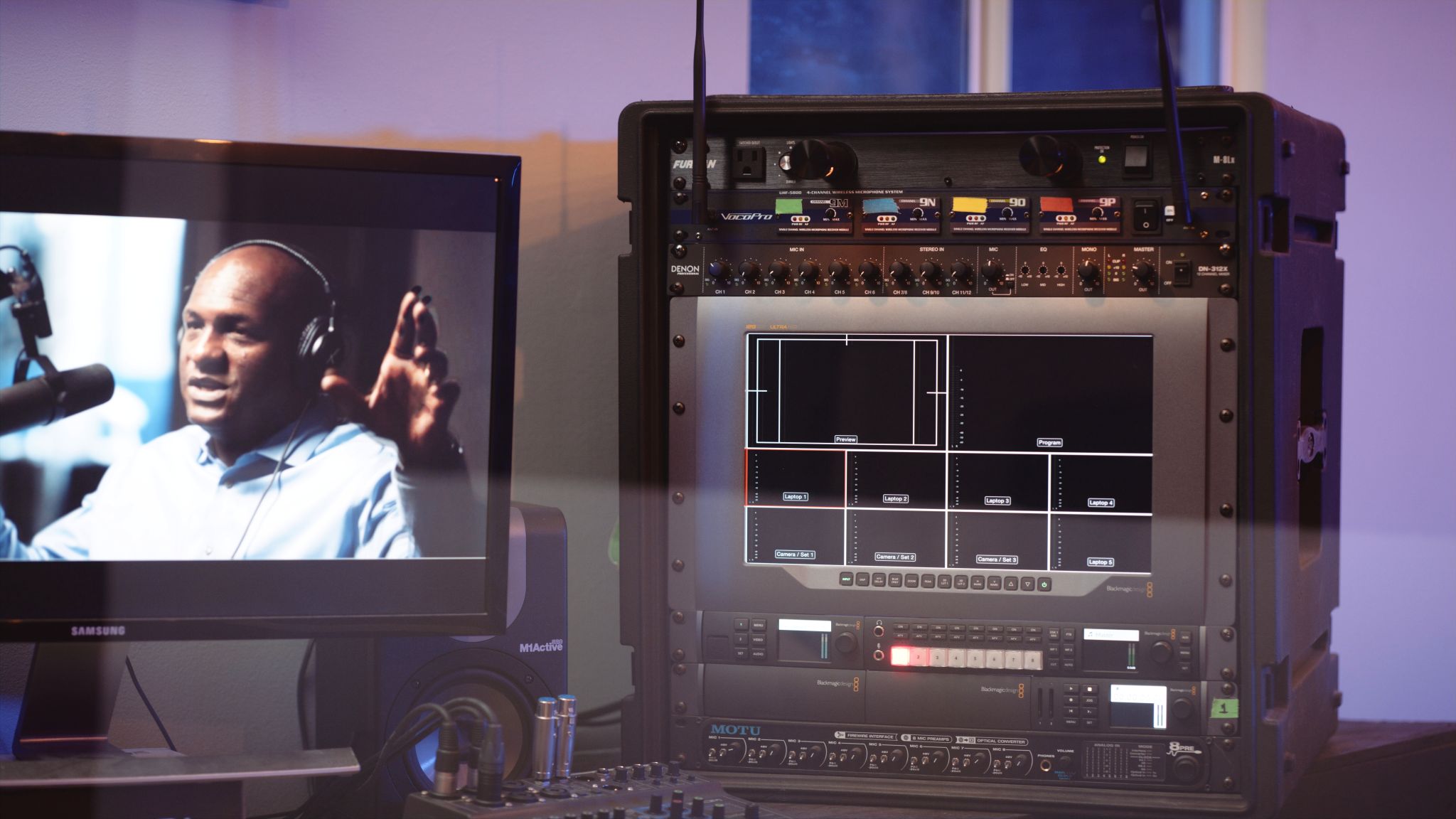Livestreaming Beyond Events: Creative Uses for Real-Time Content
The creative uses for real-time content, such as livestreaming, have extended beyond traditional events. Livestreaming has transformed the music industry by offering virtual concerts that provide an intimate and interactive experience for fans, as well as a greener alternative to traditional gatherings. Additionally, platforms like InEvent offer features for collaborative video editing to customize the display layout and add various visual elements to the livestream.









